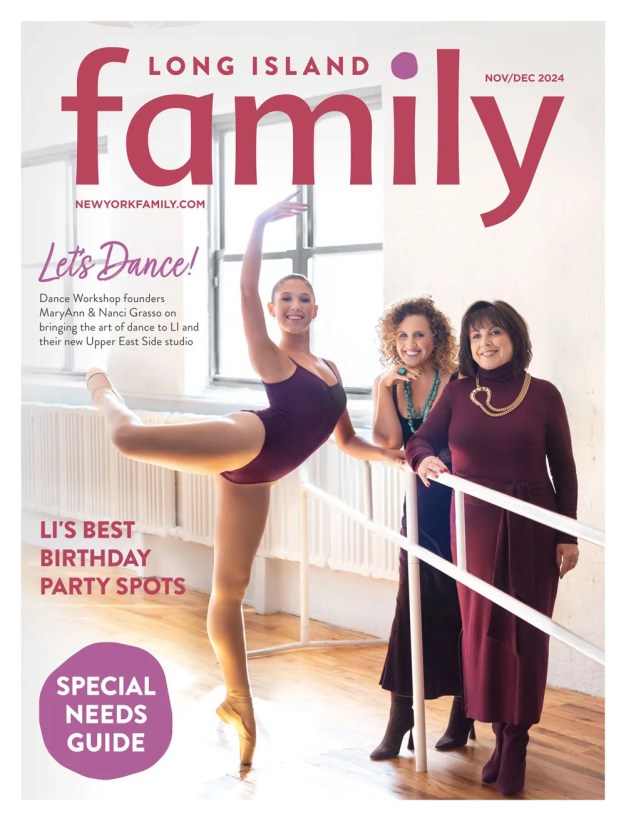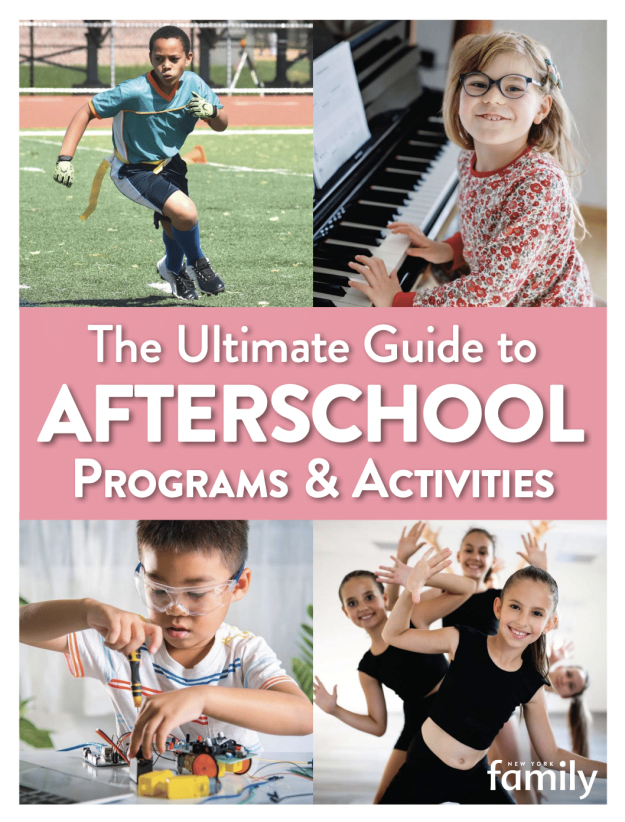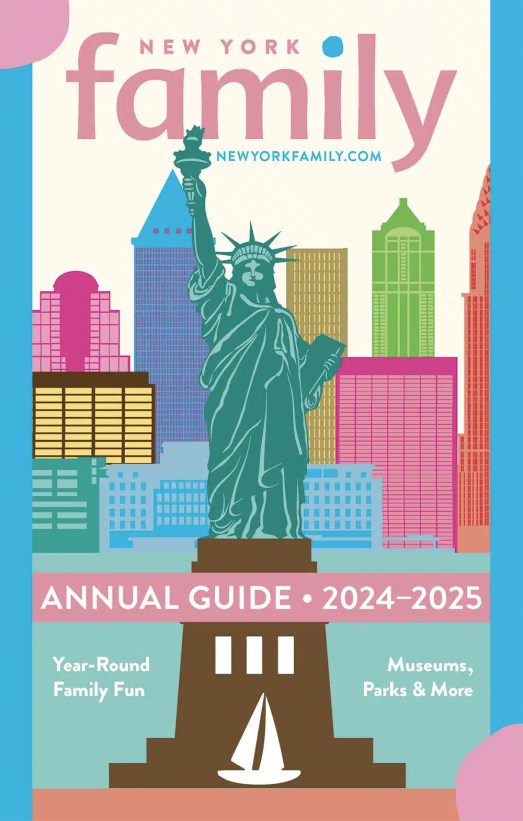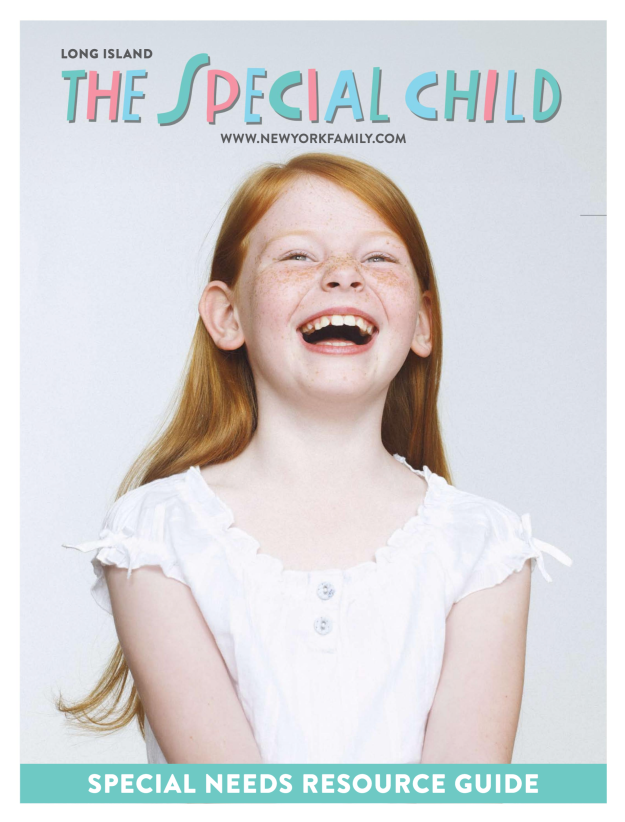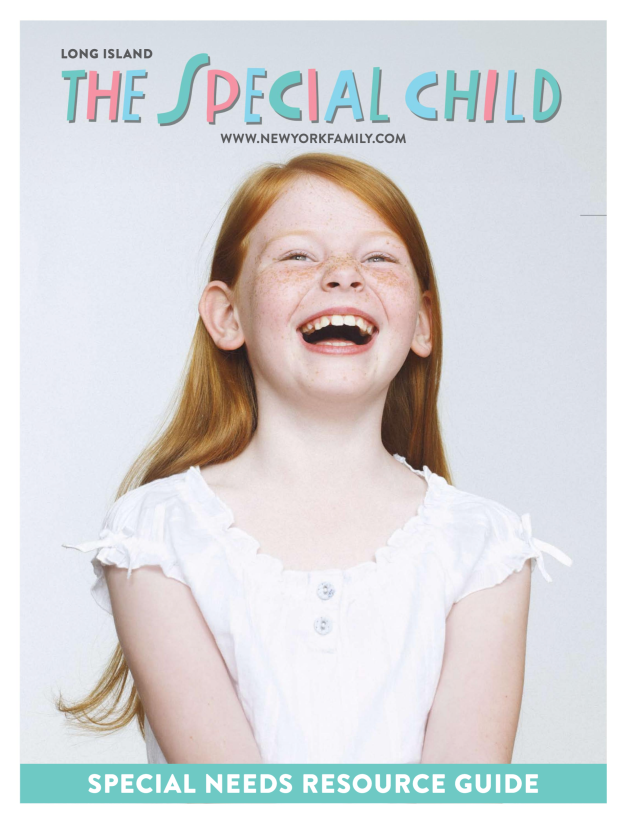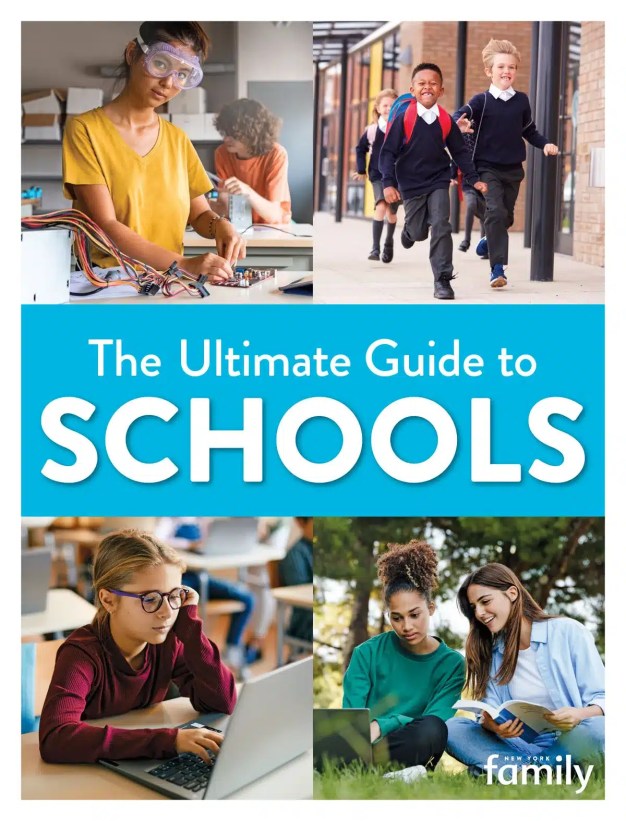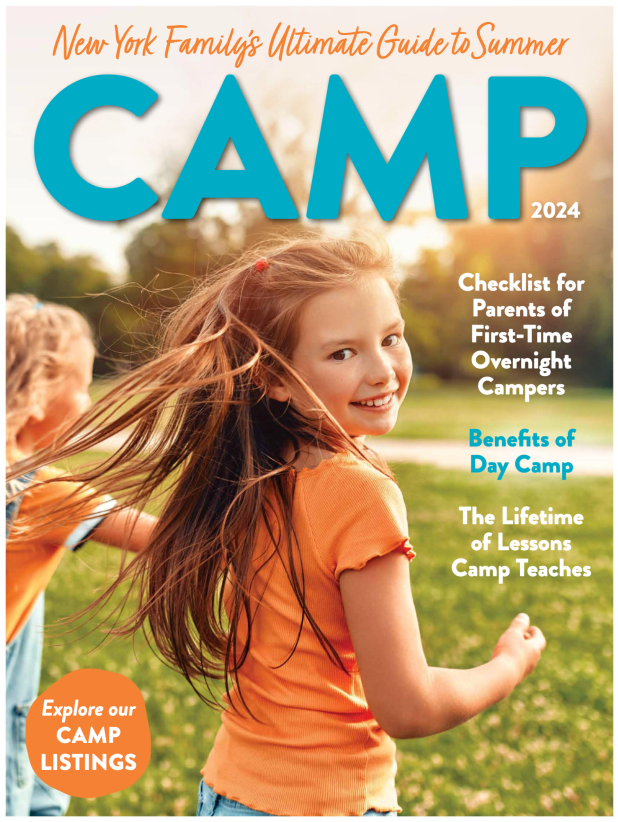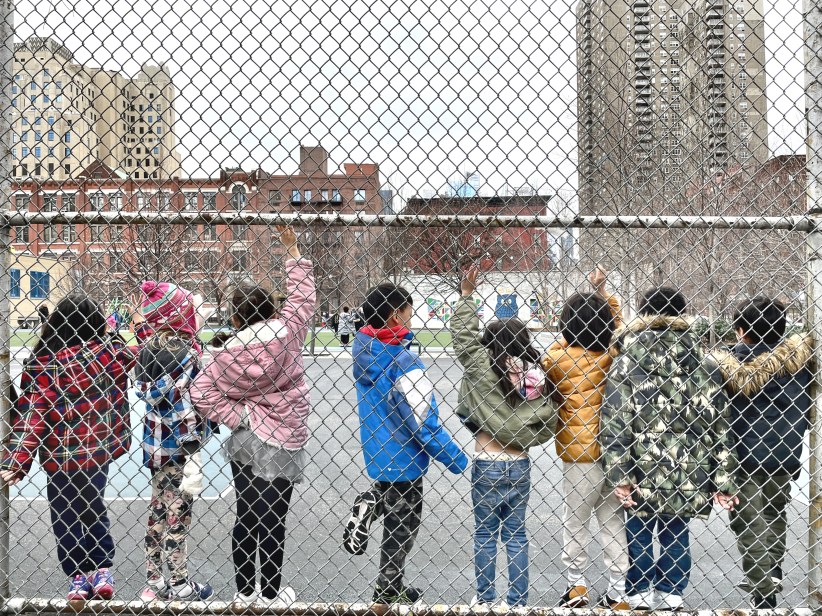In New York, educational options abound, as do the fights over which system is best. Parents can choose among talent-based and magnet schools, public, private, religious, or home schooling for their children. A subcategory of the public school system that has come under fire lately is the charter school, which is an independent public school that is the brainchild of the Department of Education. Defenders of the traditional public system are crying foul and accusing government policies of seeking to undermine and privatize the public school system, while its proponents are basking in the glow of their success whenever possible.
Great responsibility
Charter schools were created through legislation via the New York State Charter Schools Act of 1998 and are comparatively new. The zeal for innovative public education comes with responsibility. Most charter schools are started from scratch and go through a rigorous application process and must perform up to the Department of Education’s standards. In addition, these schools must independently manage their human and financial resources for themselves. They are accountable for every area of the school’s growth and performance. Everything from picking a principal, faculty, administrators, a nonprofit funder, a lunch provider, doing community outreach for enrollment — and more — is up to the school. The board of trustees may include educators, community members, parents, and leaders from the private sector.
If the students are successful, the charter is renewed at the end of the five-year term.
According to charter by-laws, parents are encouraged to serve on the board of the local school so that their voices are an integral part of the school’s operation.
“I teach in a regular public high school. My opinion of charter schools is simple: when your selection of students are ones that are fighting to get in or have parents that are fighting to get into a better school, that school has a much better chance for success,” says John, a teacher. “That is the clear difference.”
Despite unconventional methods or curricula, charters seek to unify educators, parents, nonprofits, and communities.
Community outreach and the application process
In serving the educational and cultural needs of the community, charter schools have the flexibility to meet the educational standards by offering a unique combination of culture and academics. But the community might not always know about the school. In those instances, the school must do outreach within the community to get their seats filled. The school will produce multilingual flyers and go door to door, as well as use radio, television, and print advertising to alert the community of the new school.
Outreach serves a dual purpose — to notify parents of the school and to familiarize them with the admission process.
The three-step admission process — zoning, application and lottery — can be tricky. But, once a child is enrolled, preference is given to his siblings, as well as to the siblings of students living in the charter school’s district. All students who are eligible to attend New York City public schools can apply to a charter school. The process becomes even more trying for the parents when a charter school announces its opening — before the school’s physical location has been determined.
“When I got the flyer about the charter school, I was skeptical, but I went to the meetings and believed that the school could work for [my son] William,” says Michelle, a middle school teacher in the Bronx. “Sure, it was a new school that no one ever heard of… but I liked the principal and believed that it would work. He was always a good student, but he is doing better than ever.”
State educational standards with innovative curriculum
Charter schools report to the state education department. As with all public schools, the charter school curriculum and test scores must meet the state educational standards in order for the school to continue operating. However, the charter schools are governed by their own nonprofit boards of trustees who can bring in an innovative curriculum and do corporate fund raising under a five-year performance contract, known as a charter.
When a charter school is not successful, it closes. Sometimes parents feel that a local charter school is no better or worse than the traditional public school. This puts the onus of researching school options on the parents.
The Bronx Charter School for the Arts works in partnership with Lincoln Center and the Guggenheim Museum to provide instruction for students in kindergarten through fifth grade in music, theatre, art, dance, and academics. In this school, art is laced with academics, and students will make up plays and use art in their coursework.
“The school does not have a lot of technology or after-school programs, but the teachers get the message across,” says Rhonda, whose daughter, Maria, is a fifth-grader there. “Maria learned geometry by making a quilt.”
The Green School in Williamsburg, Brooklyn, combines environmental themes and civic work in the curriculum. The school did not shy away from connecting its environmental focus to the neighborhood issues that affect students and their families, like contamination in waterways, water quality, and housing issues.
“Green is not just the environment. It’s politics, government, social justice,” Green School student Jennifer told the New York Times.
The Department of Education’s 2008-2009 Quality Review praised this school’s “strong, comprehensive” advisory program, citing “significant personal and academic growth of students.”
Charter school culture
New York is known for its diverse population, some of whom may speak different languages or may have disabilities or emotional needs. To accommodate a community, charter schools may choose to address one of these needs or provide enrichment in that area.
The Hebrew Language Academy is one of the 70-plus dual-language programs already established in New York City public schools. Because state and federal separation of religion is mandated, the school offers itself as a cultural institution that teaches “Hebrew as a distinct language and culture that stands on its own.” References to religious customs are part of the school’s history and culture lessons. To add diversity to the organization, Baptist minister Karim Camera serves on the board of trustees.
Charter schools may also cater to youth with special needs. The Lavelle Charter School on Staten Island, a middle school with plans to grow into a high school, integrates children with a wide variety of special needs into classes, and a Bronx Montessori School for kids learning to speak English will open in the fall. The Broome Street Academy high school will target homeless and disadvantaged teens.
For more information on education and charter schools, visit schools.nyc.gov; nycdoe.info; insideschools.org; nycharterparents.ning.com; linked.org; and greatschools.org.
Candi Sparks is the author of children’s books about money, including “Nacho Money,” “Can I Have Some Money?,” “Educating Children About Money,” and “Max Gets It!” She is the Brooklyn mother of two and is on Facebook and Twitter. For more, visit candisparks.com.





